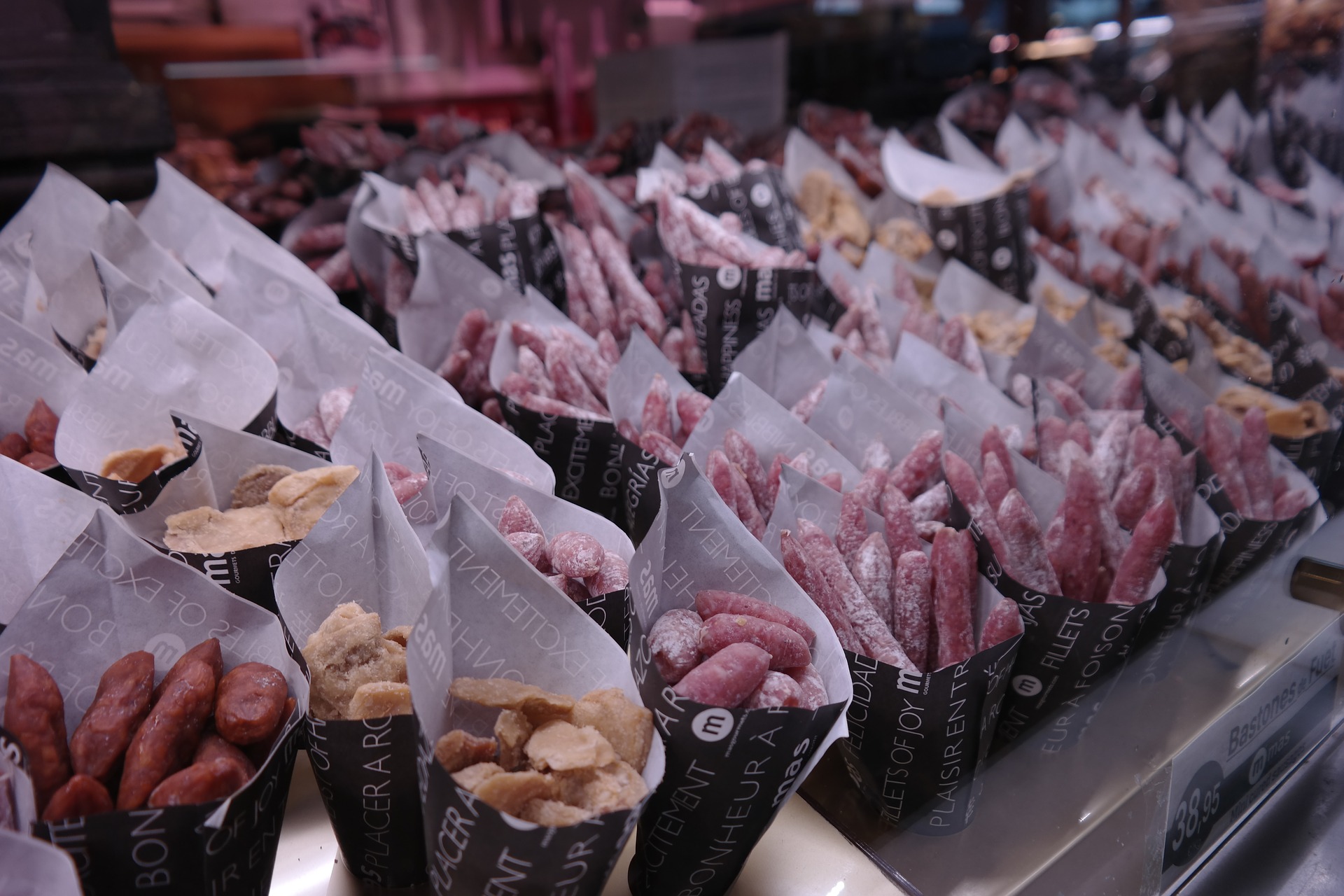
Are you a budding food entrepreneur who wishes to get advice from industry professionals with over 40 years of experience in the food industry? Then you’ve stumbled upon the right article. Just keep on reading in order to find out the secrets to starting your own takeaway and restaurant business using advice from the experts who’ve been there and done that.
- Perfect Your Recipes at Home First: Before investing that capital on yourself and your cooking abilities, start small and experiment on which dishes to add to your menu with friends and family first. They will serve as your guinea pigs for dish making. Make sure they’re brutally honest with their comments because money is on the line this time around.
- Recipe Conversions and Taking Portions Into Account: Buy a digital scale and convert your recipe from cups and teaspoonfuls to ounces and grams. Weigh each measurement then calculate how much it would cost to make a whole platter of it for your customers or cook whole dishes for them if they’re willing to wait for a freshly cooked meal.
- Register a Fancy Name for Your Company: Coming up with a creative name for your company can do wonders to getting customers for it. Test the name out with your friends. Make sure you’re not infringing on any copyrights though. It should be catchy and memorable but in a positive way so that when people are hungry, they’ll call your establishment.
- Shop for Food and Price Comparisons: Visit some high-end gourmet stores and learn the ropes from them. Go to Whole Foods as well, since they’re the food equivalent of Barnes and Noble. Find food and dishes similar to what you’re planning to serve then create a chart. Afterwards, take note of their prices and find a way to offer your food cheaper without skimping on quality so as to compete with these more expensive restaurants.
- Undergo a Food Handlers Course: By going online and paying for a food handlers course, you’ll learn everything you need to know about handling food and managing a restaurant in ways a 600-word article couldn’t teach you. You can also take a business course offered by economic development organizations, since they’re free courses and will help tremendously in building your restaurant and takeaway business.
- Ask for the Opinion of Food Buyers: Take your perfected recipe then ask for the professional opinion of gourmet food buyers. Don’t just sell your food yet. Ask the gourmet pros how does your food taste, how it should be packaged, if you should sell your product at a store, is it good for takeaway delivery, what’s the price point, and so forth. Many buyers will share their knowledge to you as long as you’re courteous and appreciative of their time.
- Establish Your Restaurant: The best food tasters, ultimately, are customers. Start up your own little restaurant even if it’s from your garage. Buy seats, buy a cash register, and buy supplies for food ingredients and beverages. Have a ready supply of spoons, knives, and forks too. As for takeaway considerations, you should invest in plastic or disposable utensils and packaging for your food for delivery.
- Discuss Delivery Partnerships and Pricing: Takeaway delivery requires a delivery service. Bigger food companies hire their own drivers and fund their vehicles, but for smaller startups your best bet is to partner with a delivery service with a reasonable commission so that you can hash out a flat delivery fee (usually around $5 to $7) and minimum purchase (usually around $15 to $20) for your customers.
Now you have a better idea regarding how to put your best foot forward in terms of making a worthwhile food startup. Learn more about how to start a takeaway food business in the indicated link. You won’t regret it. Click it right now!










